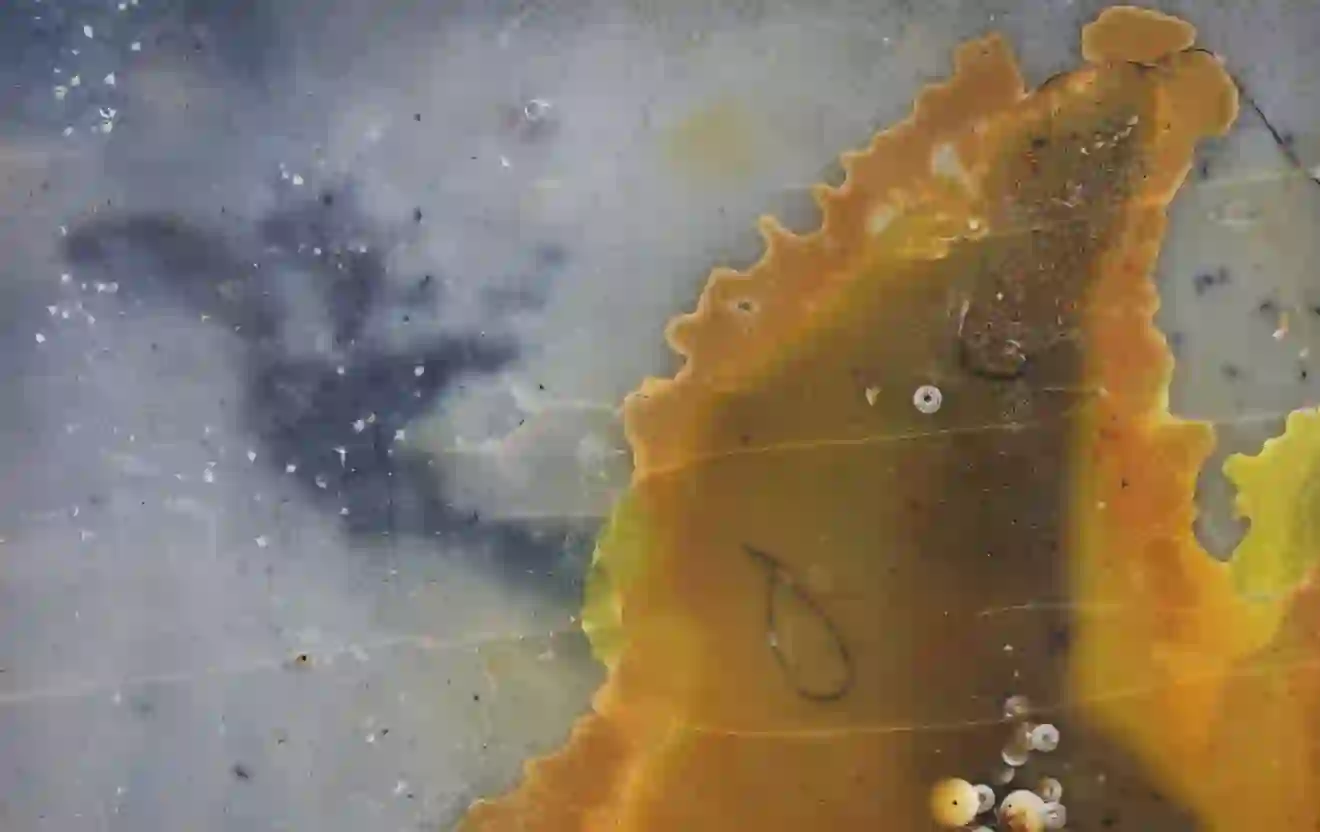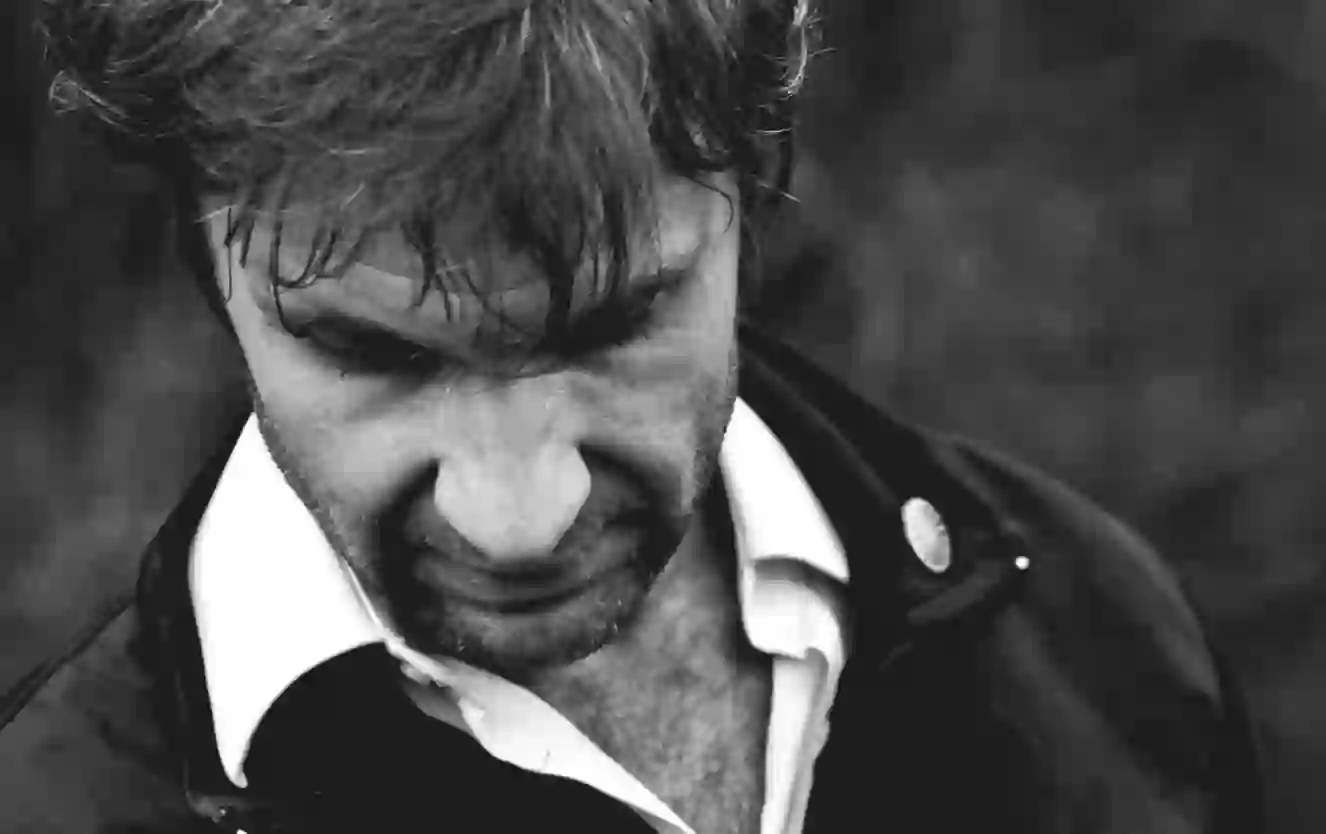Alessandro Piangiamore
April 17, 2018

Magazzino Italian Art, New York, Casa Italiana Zerilli-Marimò at NYU and Magazzino Arte Moderna, Rome, are pleased to announce Marango, Sicilian artist Alessandro Piangiamore’s first solo exhibition in the United States, curated by Vittorio Calabrese.
Opening on May 1st through June 14, 2018 at Casa Italiana Zerilli-Marimò, Marango will feature 14 pieces from the series Ieri Ikebana, La cera di Roma, Belvedere, and Primavera Piangiamore, as well as a new site-specific work from the artist's open-ended project, Tutto il vento che c'è (All the Wind that Blows).
The artist will be present for the opening reception, which will be held on Tuesday, May 1st from 6pm to 8pm, preceded by the presentation of the artist’s first monography Alessandro Piangiamore (published by NERO, Rome) at 5:30pm, in the charming setting of Casa Italiana’s garden.
The exhibition’s title, Marango, comes from the Sicilian word for Amaranth, a color extract from a flower originating from South America, which characterized the textile production of ancient Mesoamerican cultures. Amaranth is one of the elements found in Piangiamore’s Ieri Ikebana’s compositions, symbolizing the relationship between materials, tradition and nature, typical of the artist’s oeuvre.
In this latest exhibition, Alessandro Piangiamore places the works in dialogue with each other in composite installations, proposing a new reading of their visual impact and their reciprocal meanings. Through the use of materials easily found in everyday life, as well as an inclination to give up control over the physical result in favor of the idea, the artist draws upon the lexicon of his predecessors associated with Arte Povera.
As the art historian Ara Merjian states: It is under the sign of Arte Povera’s ontological ‘hybridity’ that Piangiamore works, negotiating the space between sculptural presence and pictorial distance, between open-ended duration and the boundaries of the frame, between the sensory and the cerebral. Here Piangiamore presents a selection of pieces representative of the different series he has elaborated in recent years, ranging in materials from glass to wax, clay to concrete.
The latter constitutes the fundamental component of Ieri Ikebana, a series of sculptures realized by pouring concrete over an arrangement of fresh flowers discarded at city markets and on the streets. The final result, always unpredictable, underlines the contrast between the elusory fragility of the flowers and the hardness of the concrete, crystallizing the ephemeral in a sort of engraved still life. The sculptural nature of the work is then reinterpreted through a pictorial representation, as the Ieri Ikebana are vertically hung on a wall.
The contrast between this painting-like orientation and sculptural consistency is also evoked by La cera di Roma’s verticality. This body of works is created by melting beeswax and paraffin candles collected from Rome’s innumerable churches and parishioners. Starting from a highly symbolic element, the artist relinquishes any form of control over the changing matter. The ritualistic value of the object is therefore deprived of its own significance, giving space to a free act of self-creation.
The abandonment of control over the final result is even more significant in Primavera Piangiamore, where the final shape of biomorphic crystal sculptures is entrusted to glass artisans. The glass forms enclose bright-colored essences, obtained by mixing market perfumes on the basis of mere chromatic criterions, so that no smell can ever be perceived. This way, an aerial and ephemeral element such as perfume passes over to the visual realm, negating its own nature while simultaneously maintaining it in a secret, inaccessible dimension.
The negation of functionality and loss of purpose is likewise reflected in the works of the Belvedere series. Here, pieces of galvanized iron designed to lift the Ieri Ikebana off the floor and onto the wall become sculptural objects reminiscent of their own original ambition as tools.
If the Ieri Ikebana works embody the relevance to the artist of the natural element, the open-ended project Tutto il vento che c’e’ (All the Wind that Blows), is an homage to the unpredictable and unstoppable force of nature. In the ironically impossible attempt of cataloguing all the winds in the world, Piangiamore creates small soil monoliths to be exposed to specific winds for a determined amount of time. The erosion operated by the blowing force will shape the forms, finally creating a contemporary portrait of the wind by subtraction. The resulting sculptural shape will be dictated by chance and non-repeatable.
On the occasion of Marango at Casa Italiana Zerilli-Marimò, the artist has decided to portray the Nor’eastern, a Hudson Valley wind. The monolith, made of local soil, is currently living at Magazzino Italian Art, Cold Spring, waiting to be sent back to Rome to the artist in a few months. At Casa Italiana, a text description of the site-specific project will present the ongoing erosion happening at Magazzino.
As Alessandro Piangiamore explains: In my research I often try to crystallize everything which is ephemeral and fleeting through a practical approach to the matter, which allows me to cleave to reality and grasp it. Between the physical and the abstract, nature and the artificial, my research aims—rather than creating single objects—to make their inside shape and images emerge. Rather than being static or frontal, their features are accomplished through evocations and semantic and visual shifts.
Marango marks the third collaboration between Magazzino Italian Art and Casa Italiana Zerilli-Marimò at NYU following Burri-Posters in 2017 and Ornaghi & Prestinari in 2016.

About Alessandro Piangiamore
Born in Enna, Sicily, in 1976, Alessandro Piangiamore lives and works in Rome.
In his work, the attempt to crystallize the ephemeral, the evanescent, is recurrent through a practical approach to the material that, as the artist claims, allows him to adhere to reality and an understanding of it. His practice always maintains an intimate and poetic dimension that often leaves the state of the final form to chance.
He won numerous prizes and residencies such as the 2015: Prize of the Cité internationale de la tapisserie, Aubusson (FR); 16th Cairo Award, Cairo Editore, Milan (IT); 2010: Global Art Program with Khoj Studio, New Delhi (IND); Artegiovane, Milan (IT); 2007 Passport Prize, with DENA Foundation for Contemporary Art (FR) and City of Turin (IT).
His keynote exhibitions include solo shows Primavera Piangiamore at the Palais de Tokyo in 2014, Tutto il Vento che c’è at the Galleria Civica Segantini di Arco (TN) in 2013, and at the GAMEC in Bergamo in 2011; Marango, at NYU Casa Italiana Zerilli-Marimo’ NYU, New York in 2018. He has participated in group shows including The Lasting (Galleria Nazionale d’Arte Moderna, Rome 2016); Par Tibi Roma Nihil, NOMAS Foundation, Rome 2016; Meteorite in Giardino (Fondazione Merz, Turin 2014); Sletto e Corso, (XXI Biennal de Selestat, France 2013); ReGeneration (Macro, Rome 2012); Mutiny Seemed a Probability (Fondazione Giuliani, Rome 2010); and Le 50 Lune di Saturno (Triennale di Torino 2008).
About Magazzino Italian Art
Magazzino Italian Art is a private warehouse art space located in Cold Spring, New York. Devoted to Postwar and Contemporary Italian art from the Olnick Spanu Collection, Magazzino meaning warehouse in Italian was co-founded by Nancy Olnick and Giorgio Spanu. Designed by Spanish architect Miguel Quismondo, the 20,000 square-foot structure is free to the public by appointment. Magazzino, serves as a resource for scholars and students thanks to its extensive library and archive of Italian Art. In addition it has become a cultural hub for the vibrant Hudson Valley community.
Under the guidance of Director Vittorio Calabrese, his team and its curatorial programs, Magazzino Italian Art bridges collaborations with American and Italian organizations to support contemporary Italian artists and foster discussions on Postwar and Contemporary Italian Art in the United States.
About Casa Italiana Zerilli-Marimò at NYU
Casa Italiana Zerilli-Marimò, home of the Department of Italian Studies at New York University, was established thanks to a generous donation from the Baroness Mariuccia Zerilli-Marimò as a permanent and constructive homage to her husband, Guido Zerilli-Marimò. Casa Italiana was inaugurated in November 1990 with the mission to promote the deepening of knowledge of Italian civilization in the United States. Casa Italiana develops a rich and qualified program of extra-curricular cultural events ranging from Italian literature to political theory to figurative arts to the history of science. Begun by the first Director Professor Luigi Ballerini, the Casa began to collaborate with both public and private Italian centers and institutes that have the common objective of extending Americans’ understanding of Italian culture. In 1998, the direction of the Casa was passed to Professor Stefano Albertini whose leadership has allowed the Casa to become a privileged center for cultural discussion, making New York University one of the most important centers of European and international studies in the world.
Vittorio Calabrese is the Director of Magazzino Italian Art and oversees all activities of the Olnick Spanu Art Program. A native of Irpinia, Italy, he specializes in the management of international and cultural institutions, art business practices, collection management, and appraising. Vittorio holds a BA and MSc in Business Administration and Management from Bocconi University, Milan, and an MA in History of Art and the Art Market from Christie’s Education New York. He has curated several exhibitions including the recent: Ornaghi & Prestinari, Casa Italiana Zerilli-Marimò, New York, 2016; Marco Anelli: Building Magazzino; Italian Cultural Institute, New York, 2017; and Marango, Casa Italiana Zerilli-Marimò, New York, 2018.
Ara H. Merjian is Associate Professor of Italian Studies at New York University, where he is affiliate of the Institute of Fine Arts and Department of Art History, as well Director of Undergraduate Studies. He is the author of Giorgio de Chirico and the Metaphysical City: Nietzsche, Modernism, Paris (Yale, 2014) and of the forthcoming Against the Avant-Garde: Pier Paolo Pasolini, Contemporary Art and Neocapitalism, 1960-1975 (University of Chicago Press, 2019). His criticism has appeared in Artforum, Art in America, frieze, Apollo, and other publications.